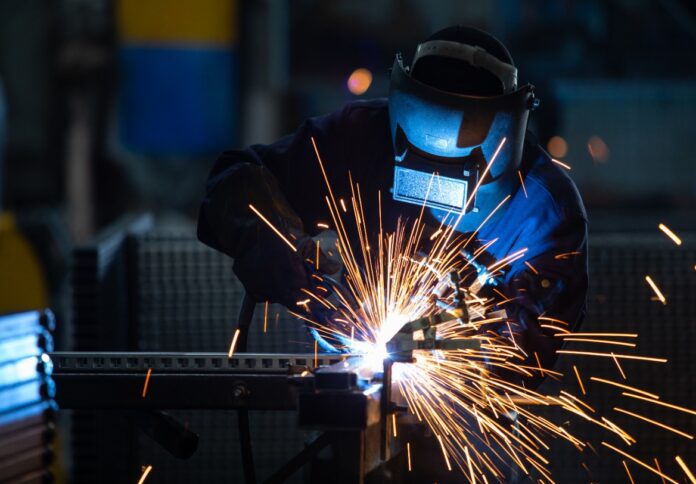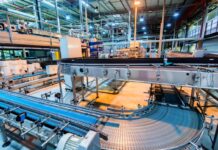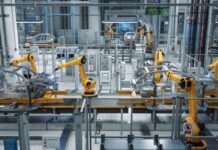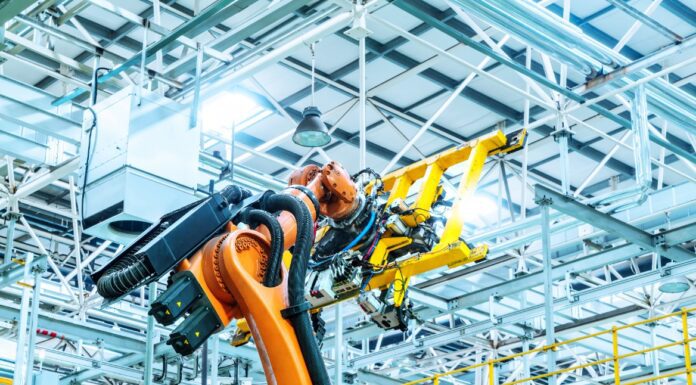
Weld Australia has announced a strategic partnership with two leading welding technology organisations, EWI and the Canadian Welding Bureau (CWB) Group, in a move designed to strengthen the country’s manufacturing sector.
According to Weld Australia, the collaboration will provide Australian manufacturers with direct access to advanced automation solutions, cutting-edge research and development (R&D), and specialised training programs.
With Industry 4.0 technologies reshaping global manufacturing, Weld Australia stated that the partnership is expected to help local businesses enhance productivity, improve safety, and address labour shortages.
Geoff Crittenden, CEO of Weld Australia, underscored the significance of the initiative for the sector’s future viability.
“Australian manufacturing is at a pivotal moment. We need to embrace advanced technologies to stay competitive, particularly in high-growth industries like renewable energy and Defence. By partnering with EWI and CWB, we’re ensuring that Australian manufacturers have access to the best automation solutions, training programs, and R&D expertise in the world,” Crittenden said.
EWI, formerly known as the Edison Welding Institute, has a track record of developing automation solutions that have improved efficiency and cost-effectiveness in industries such as renewable energy and Defence.
Weld Australia highlighted EWI’s contributions, particularly in automation and precision welding, as crucial for advancing Australian manufacturing. EWI President and CEO Henry Cialone welcomed the collaboration.
“EWI is excited to be partnering with Weld Australia to further drive innovation and advanced technologies throughout Australia’s vital manufacturing industries,” Cialone said.
“Together with our affiliate partner CWB, we will also provide essential training to ensure workers have the skills and know-how to support Australia’s industries in the future.”
Weld Australia pointed to EWI’s advanced automation systems as a major advantage for Australia’s renewable energy sector, including wind turbine manufacturing, where automated welding systems have reportedly reduced production time by 30 per cent.
The organisation also noted that EWI’s tele-welding technology, which enables remote operation, offers real-time oversight for welding projects in challenging environments, such as offshore energy sites.
In the Defence sector, Weld Australia stated that EWI’s welding technologies support shipbuilding by improving production efficiency and ensuring compliance with military standards.
These advancements, according to Weld Australia, align with the nation’s efforts to modernise its shipbuilding capabilities and strengthen national security infrastructure.
Beyond automation, the partnership will prioritise workforce development. Crittenden reiterated that a skilled workforce is critical for ensuring that manufacturers can effectively implement new technologies.
“Beyond technology, this partnership is also focused on upskilling the workforce. CWB and EWI will deliver training programs to help businesses integrate automation successfully, addressing labour shortages while future-proofing the industry,” Crittenden said.
“The training will cover essential areas such as cobot programming, welding system integration, and automation safety protocols, equipping workers with the skills needed to adapt to emerging technologies.”
Douglas Luciani, President and CEO of CWB, highlighted the long-standing relationship between the organisations and the shared commitment to workforce development.
“CWB has had a long history of positive engagement with Weld Australia, and we are pleased to be formalising this strategic partnership with them,” Luciani said.
“CWB is committed to delivering high-quality education, training, certification, and other services to the global welding community. We are proud to work with our affiliate partner, EWI, to develop groundbreaking training programs that meet the specific needs of Australia’s welding and manufacturing industries.”
Crittenden emphasised that the partnership is a step toward securing Australia’s manufacturing future by combining global expertise with local industry knowledge.
“This isn’t just about keeping pace with the rest of the world,” Crittenden said. “It’s about leading it.”




















